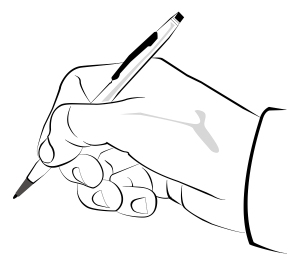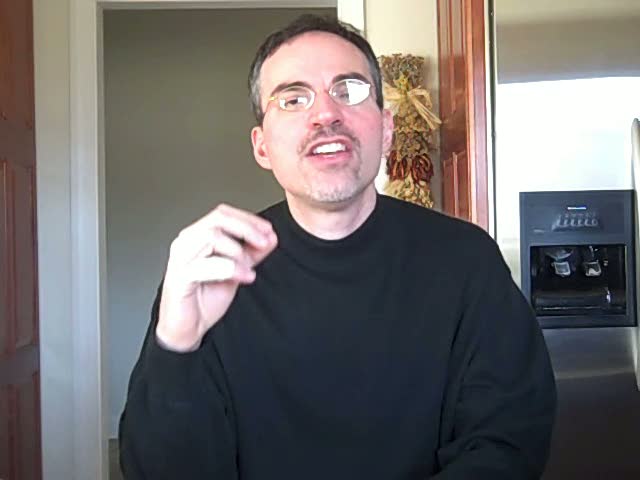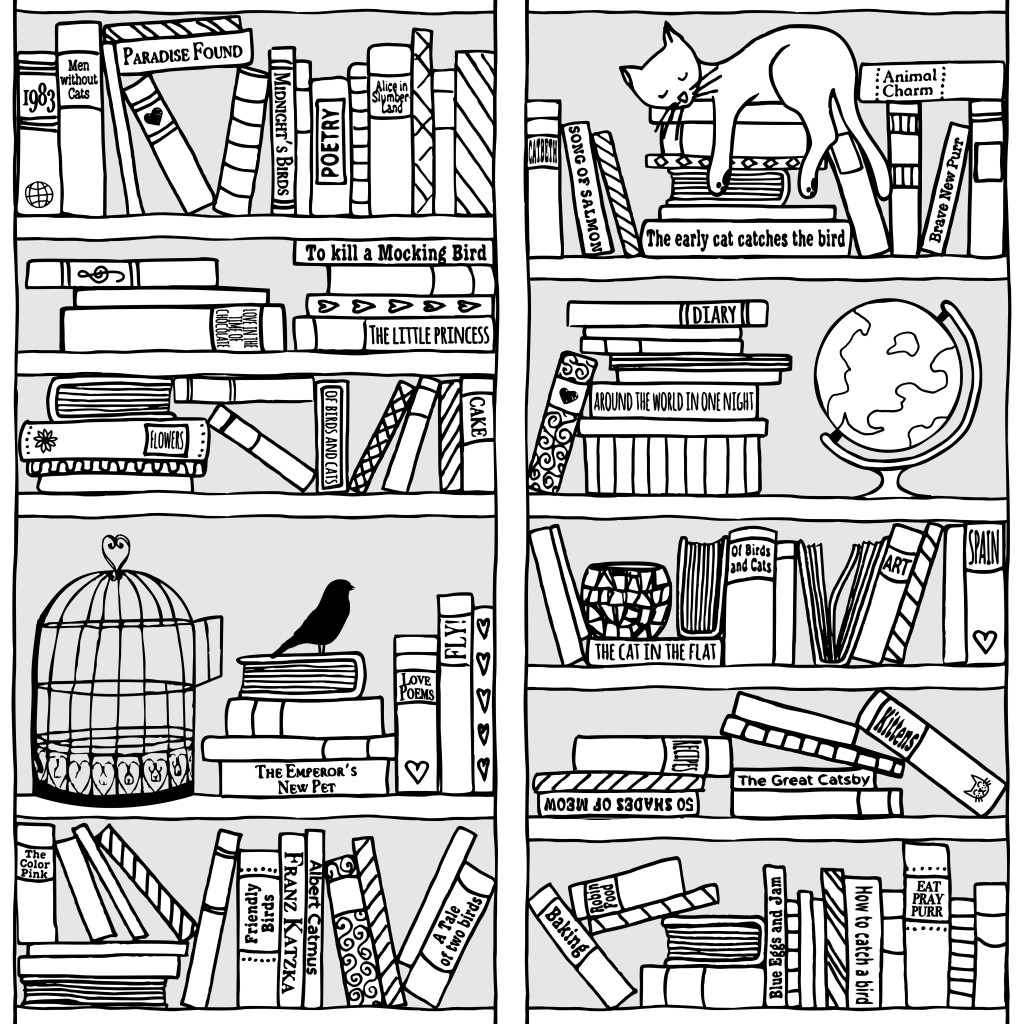The Power of a Writing Prompt
 If you’ve done any freewriting before, you may have heard the term “prompt.” A prompt is a common freewriting exercise. Instead of beginning a session with whatever appears in your mind, you begin with a predetermined phrase (called a prompt) that guides the direction of your writing.
If you’ve done any freewriting before, you may have heard the term “prompt.” A prompt is a common freewriting exercise. Instead of beginning a session with whatever appears in your mind, you begin with a predetermined phrase (called a prompt) that guides the direction of your writing.
How would using a prompt work?
If you were about to loosen up with a ten-minute freewrite and wanted a prompt, I might say, “Complete the following sentence: ‘The best part of my workday is . . . ’
You’d answer that question, at least initially. You could stay on it for the entire ten minutes, or you move to another subject minutes or even seconds after beginning. Your choice.
The number of prompts you could use are endless. You can come up with them on your own. A few more examples:
“Yesterday I saw a curious thing . . . “
“If I didn’t have to work I’d . . . “
“I threw a stone and it landed . . . “
Now, I’ve used prompts many times, but have never considered them part of my regular repertoire. After speaking with Robyn Steely, though, I have a new admiration for the technique.
Steely is the executive director of a non-profit organization, “Write Around Portland,” which works with social service agencies to build community. According to its website, the organization runs no-cost writing workshops for “people living with HIV/AIDS, veterans, survivors of domestic violence, adults and youth in addiction recovery, low income seniors, people in prison, homeless youth and others who may not have access to writing in community because of income, isolation or other barriers.”
The central principle driving Write Around Portland’s workshops is freewriting.
Participants sit in a circle with pad and pen, and a facilitator begins the session by offering up two prompts, such as “The thing about you and me . . . “ and “The night smelled like . . . .”
Each participant chooses one prompt to kindle their writing. Later, they share what they’ve produced and offer feedback to other writers. In giving feedback, participants keep their comments on the parts of the writing that are strong.
Steely says prompts don’t hem thinking in, they open it up. Given the same prompt, one participant might write about what they eat for breakfast while another might write about a battle they fought in during a war.
Prompts, then, can help people approach material that they may not have thought to write about. They can give a small push in an unexpected direction.
When I asked Steely about what makes for a superior prompt, she gave the following advice: “Make your prompts short and open-ended. For instance, ‘After the storm . . . ’ is a good one. It’s only a few words, and it could be about a childhood rainstorm, a thunderstorm, a fight, or it could have nothing to do at all with storms.”
As a short exercise, why not try a writing prompt now? Choose one of these two, and do a ten-minute freewrite that starts with it:
“The project I’m proudest of is . . .” or “This sounds inconsequential, but . . . “
The Power of a Writing Prompt Read More »








